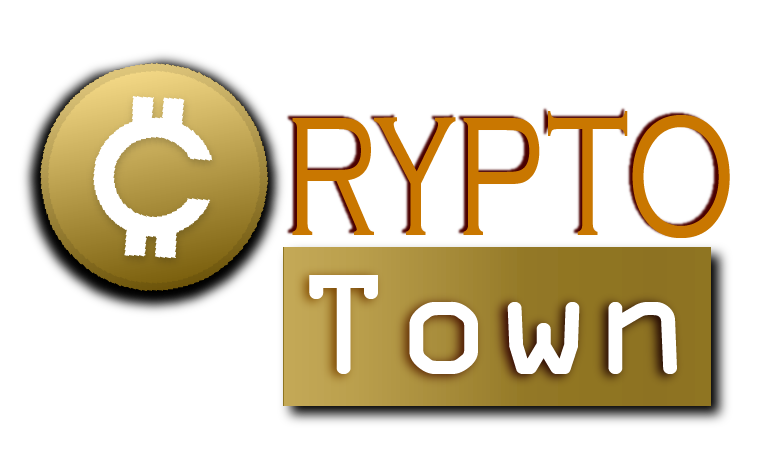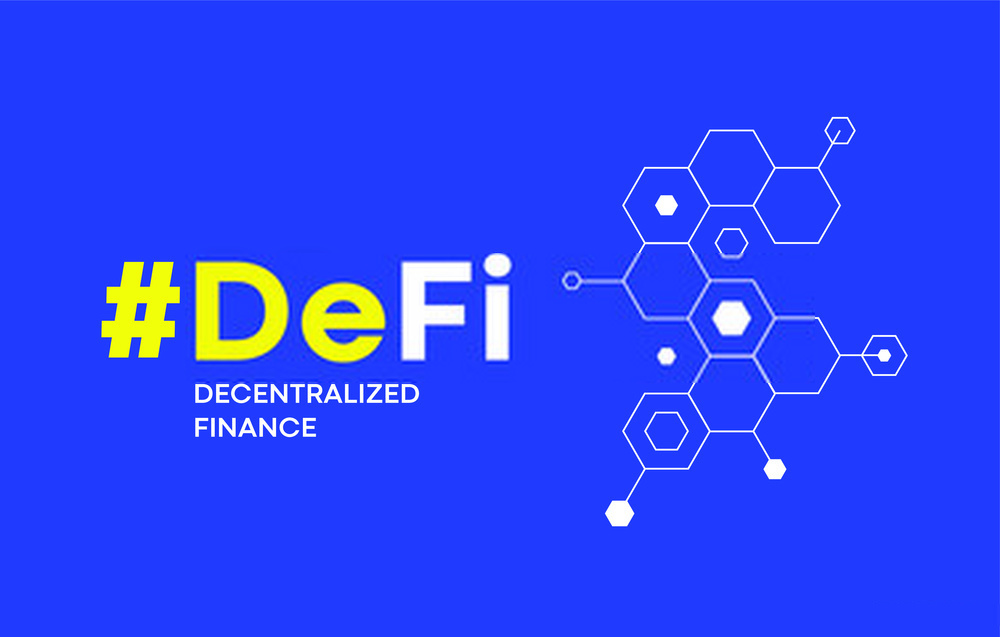Analyzing the huge growth in DeFi Open Finance Development
Decentralized finance refers to interactive applications built on the top of blockchain networks. It is permissionless and open-source in nature and ensures transparency in accessing basic financial services without the interference of any central authority in the system. Users would utilize a peer to peer mechanism for maintaining full control over their respective assets. It aims to bring the unbanked sections of the population to the mainstream economy. There have been many successful projects such as MakerDao, EOSRex, Stellar, and Ontology.
The benefits rendered by decentralized finance (DeFi) solutions
- Eliminates the role of intermediaries – All third parties such as banks, brokers, and agents are eliminated from the process. This ensures a frictionless investment experience by reducing the time and cutting down the costs involved. Low-income individuals would benefit from the wide range of services offered at an affordable rate.
- Prevents a single point of failure – Since the data is uniformly recorded on the blockchain network and spread across thousands of nodes simultaneously, there is no chance of a single point of failure or any potential shutdown of the service as custodians are cut out from the system altogether.
- Improved price efficiency – Since anyone can take a short position against an asset by participating in borrowing and lending activities, it results in greater price discovery in the market.
- Highly immutable – No transaction that is executed can be successfully reversed. This ensures a high level of efficiency by ensuring a censorship-free borrowing experience without any chance of discrimination.
- Better access to capital – Participants in highly closed economies can diversify their investments by exposing themselves to stablecoins backed by popular fiat currencies such as the US Dollar, GBP or Euro.
- Ensures transparency – Since interest rates are determined only by the market participants, loans can be easily secured through the process of overcollateralization. Information about the loans can be accessed publicly in a costless way.
- Enables segregation of assets – A single wallet can be utilized by the user to borrow multiple assets simultaneously. The risk would be divided among various assets as a basket of collateral even if one loan gets defaulted when the collateral value falls below the liquidation threshold. The collateral of the borrower will be locked in the smart contract.
The different applications of DeFi Open Finance Development
- DeFI lending & borrowing platform – With a huge increase in the number of consumers availing credit for various purposes, open lending protocols have a bright future ahead. It offers a plethora of advantages in the form of instant transaction settlement, convenient collateralization of digital assets, and no credit checks along with complete standardization of the processes. Counterparty risk is significantly reduced on the public blockchain network due to the robust cryptographic verification methods. This will speed up the process of borrowing and lending at economical rates to a huge number of people. Borrowers can exercise their governance rights and have the ability to short an asset. Lenders have the power to insert capital for lending and earn income in the form of interest.
- Monetary banking services – It can be used for providing insurance, rendering mortgage, and issuing stablecoins. Stablecoins ensure certainty of investment as they are pegged to a real-world asset and can be used in the form of digital cash not monitored by a central authority. Obtaining a mortgage becomes simpler as the presence of smart contracts help in decreasing the underwriting and legal fees. Insurance facilities help in distributing the risk among more participants in the market resulting in a lower premium and higher quality of service.
- Creation of decentralized marketplaces – Digital assets can be traded in exchanges securely without the need for intermediaries to hold the funds of users. Smart contracts facilitate direct trading between the wallets of different users. With low maintenance work, trading fees are reduced compared to centralized exchanges. This enables investors to own a wide range of conventional financial instruments.
Other applications of decentralized finance (DeFi) solutions include tokenized securities, derivatives markets, synthetic assets, and prediction markets, etc.
Obstacles to the growth of a Decentralized Finance (DeFi) Development Company
- Abysmal performance – Sometimes blockchain networks used in decentralized applications can function slower than centralized exchanges. This needs to be taken into account by the developers building the products. They need to ensure the optimization of the performance regularly.
- Chances of user faults – Since the control of funds and assets is handed over to the user, this can lead to an increase in the chances of user error as the products are deployed on the top of immutable blockchains.
- Poor user experience – Consumers who are highly familiar with the traditional finance ecosystem need to be provided with attractive incentives to switch over to the decentralized finance applications. Otherwise, DeFi applications will struggle to become a part of the global financial system in the future. This requires extra efforts from the product developers to create enticing features that will attract high interest.
- Cluttered ecosystem – Users will find it difficult to opt for a single DeFi application to fulfill a specific use case. The platform has to fit into the broader and highly competitive financial ecosystem.
- Technological risk – Smart contract suffers from various shortcomings in the form of overflows, underflows, and reentrancy attacks and the consequences would be worse than reentrancy attacks.
- Suffers from low liquidity – It will be difficult to achieve an equilibrium interest rate as borrowing and lending activities are highly limited to current interest rates.
- Difficult to redeem fiat currencies – With loans getting denominated in the form of crypto assets, it is hard to get it redeemed for fiat currencies. This affects the usage of blockchain supported assets in the real economy.
- Lack of leverage trading – With the need for traders to be overcollateralized, they will not be motivated to borrow funds from decentralized platforms. On the other hand, centralized exchanges make effective use of leverage trading facilities through automatic deleveraging systems, liquidation algorithms, and insurance funds.
- Risks of volatility – If the price of assets happens to fluctuate frequently, users will have no option to get their collateral liquidated and their loan refunded.
How DeFi Open Finance Development stands to be unique in the market
Currently, the financial system is dominated by third-party service providers who have access to the data of consumers through API’s. DeFi aims to challenge the status quo as it is fully independent of the current infrastructure in place. It can offer a single application for users to access the different types of financial instruments from one account by drawing data from several banks and institutions securely.
Decentralized finance promotes equality and democratizes access to financial services by preventing any sort of economic or social discrimination and reducing the chances of censorship. It takes the power from large centralized organizations and puts it in the hands of the users through an open-source mechanism. As the industry matures with higher trading volumes and infusion of funds, it will compete with the traditional financial players who are the gatekeepers of today’s system. It will take a while for DeFi to be ready for mainstream adoption amidst the regulatory uncertainty and the economic downturn. DeFi is still the best use-cases of the game-changing blockchain technology for permitting access to basic financial services at the most affordable rates.

